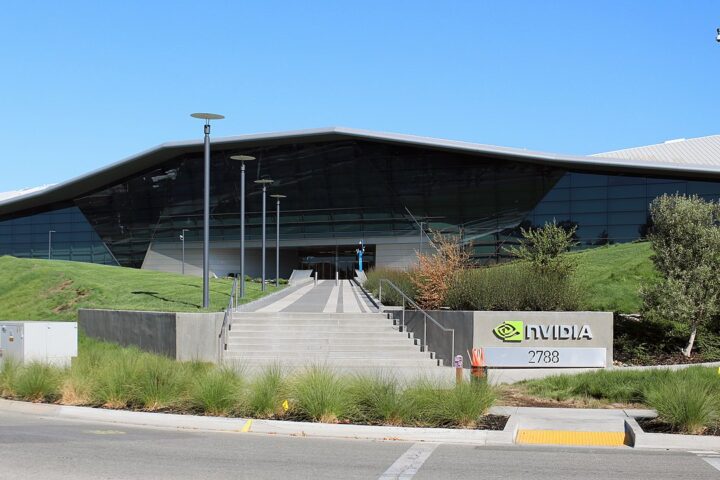* Berlin office market registers record result *
Many B, C and D cities in Germany are now more attractive for investors than the Big Seven of Berlin, Düsseldorf, Frankfurt, Hamburg, Cologne, Munich and Stuttgart, according to a report in Handelsblatt.
A study by the real estate agency Engel & Völkers analysed real estate offers in 57 German cities, including properties in a range of locations, building standards and ages.
Despite Germany’s general shortage of housing, higher prices and rents can be achieved in university towns and the regions around the largest metropolises than within the Big Seven, according to another study by consultants F+B. The main reason for this is that prices and rents in A cities have already reached such high levels. Square metre prices for condominiums are already higher than the square metre prices for mixed-use residential/commercial buildings. F+B points out that as property prices accelerate at a faster rate than rental prices, rental yields are driven ever lower.
Meanwhile, take up of 860,000 sq.m. in Berlin’s office market in 2016 broke the previous record set in 2015 by almost 3%, according to Immobilien Zeitung.
The report said the city’s vacancy rate stands at 3% and demand is far outstripping supply. As 2016 drew to an end, around 370,000 sq.m. of new space was under construction, of which roughly 245,000 sq.m. was as yet unlet.
Nevertheless, only a quarter of the office space currently being developed will come onto the market during 2017. At the same time, office developments are competing with hotel and housing projects for the small number of development sites in Germany’s capital city.
As a result, peak rents at Potsdamer Platz and Leipziger Platz have now risen to EUR 28.50/sqm. This is 14% higher than in 2015 and approaching the level seen during the new economy boom, when tenants had to part with up to EUR 31.00/sqm.
Double-digit percentage increases have also been registered in other sough-after locations. There is now almost no office space available for less than EUR 10.00/sqm.
More companies are now looking at co-working spaces in order to bridge space shortages. There are now 92 co-working space providers with a total of 5,000 sq.m. of office space in Berlin. Another 30,000 square metres is set to be added in 2017.
For the third year in a row, take-up in Hamburg’s office market exceeded 500,000 sq.m. in 2016. BNPPRE registered take-up of 543,000 sq.m. and Angermann reported 551,000 sq.m., representing growth of between 1 and 3%.
Lettings accounted for 492,000 sq.m., whereas owner-occupiers accounted for just 58,000 sq.m., reported Grossmann & Berger (G&B).
Demand has remained high for a number of years now, which has driven vacancies down to between 5% (E&V) and 5.9% (BNPPRE). Crease was registered in the City South district, where BNPPRE saw a 61% decline in available office space, which now stands at just 25,000 sq.m. In Hamburg’s CBD, the vacancy rate has fallen by 17% to 87,000 sq.m.
As a result of the shortage of available space and the high-price project development segment accounting for 20% of lettings, both the average office rent and peak office rent rose. G&B and BNPPRE both place the peak rent at EUR 26.00/sqm, which BNPPRE said is higher than at any point since 2008. The average office rent at the end of 2016 lay between EUR 14.70/sqm (Angermann) and EUR 15.50/sqm (G&B). The analysts expect take-up to exceed 500,000 sq.m. again in 2017, rents to climb higher and vacancies to continue to decline.
(Source: German Real Estate News – Dr.ZitelmannPB.GmbH)






